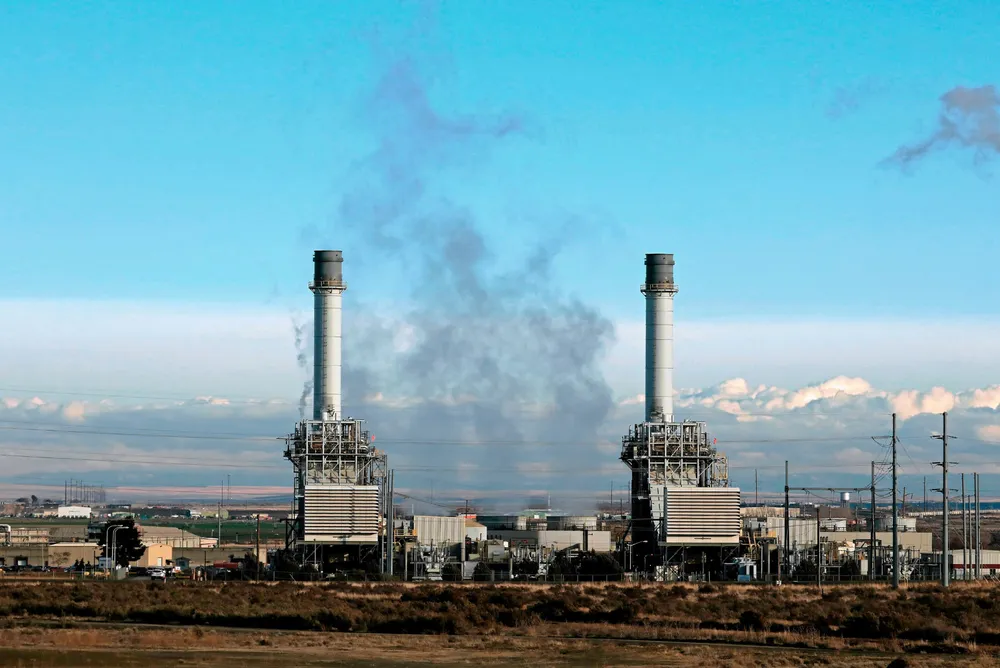'Not deployable, available, or affordable' | Hydrogen blends and CCS not best routes for emissions reduction: US power sector
Trade association representing all US investor-owned utilities calls for revision or loose enforcement of EPA-proposed regulations
